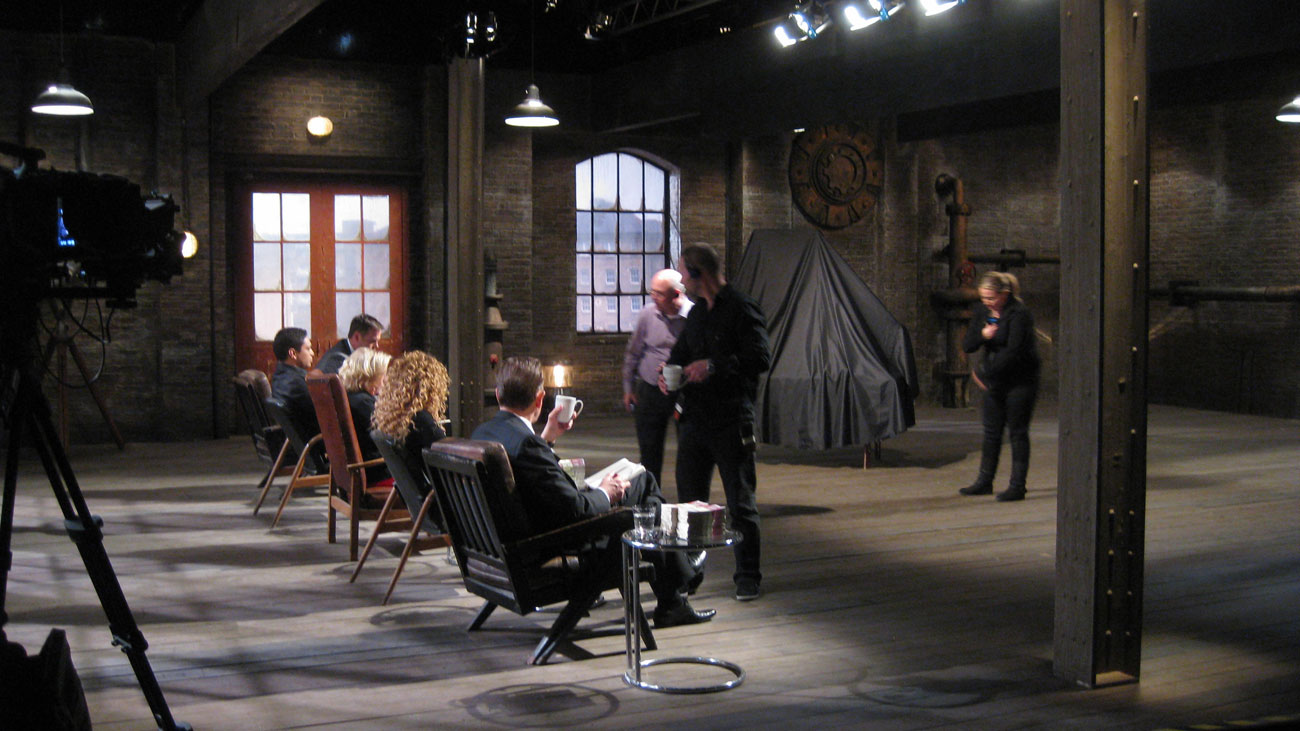Zone Poker
In no-limit or pot-limitpoker, a player's M-ratio (also called 'M number', 'M factor'[1] or just 'M') is a measure of the health of a player's chip stack as a function of the cost to play each round. In simple terms, a player can sit passively in the game, making only compulsory bets, for M laps of the dealer button before running out of chips. A high M means the player can afford to wait a high number of rounds before making a move. The concept applies primarily in tournament poker; in a cash game, a player can in principle manipulate his M at will, simply by purchasing more chips.
A player with a low M must act soon or be weakened by the inability to force other players to fold with aggressive raises.
Zone Poker is designed to cut out the time spent waiting for your folded hands to end and new cards to be dealt. The moment you fold your hand at a Zone Poker table, you’ll instantly be redirected to a new table with new players and new cards. Play FREE casino games! Over 50 slots, bingo, poker, blackjack, solitaire and so much more! WIN BIG and party with your friends!
The term was named after Paul Magriel.
Calculation[edit]
The M-ratio is calculated by the formula:
For example, a player in an eight-player game with blinds of $50/$100, an ante of $10, and a stack of $2,300 has an M-ratio of 10:
That is, if the player only makes the compulsory bets, he will be 'blinded out' of the game in 10 rounds, or 80 hands.
Dan Harrington studied the concept in great detail in Harrington on Holdem: Volume II The Endgame, [2] defining several 'zones' in which the M-ratio may fall:[3]
| Zone name | M-ratio | 'Optimal' strategy |
|---|---|---|
| Green zone | M ≥ 20 | Most desirable situation, freedom to play conservatively or aggressively as you choose[4] |
| Yellow zone | 10 ≤ M < 20 | Must take more risks,[3] hands containing small pairs and small suited connectors lose value |
| Orange zone | 6 ≤ M < 10 | Main focus is to be first-in whatever you decide to play, important to preserve chips |
| Red zone | 1 ≤ M < 6 | Your only move is to move all-in or fold |
| Dead zone | M < 1 | You are completely dependent on luck to survive. The only move is to push all-in into an empty pot |
Effective M[edit]
Harrington further develops the concept to account for shortening tables, as is seen at the closing stages of multi-table tournaments. The M-ratio is simply multiplied by the percentage of players remaining at the table, assuming a ten-player table to be 'full'.[5]

Rec Zone Poker Game

Therefore, for a player with a 'simple M ratio' of 9 at a five player table, the effective M is 4.5:
This means that although the player's simple M value places him in the orange zone, his effective M dictates a shift in playing style appropriate for the red zone. In essence, ten times the effective M denotes the expected number of hands a player can let pass before running out of chips.
Zone Poker Game
See also[edit]
References[edit]
- ^PokerGreed.com: Understand what hands to play in a tournament [1]. Accessed 2008-03-25
- ^Harrington on Holdem: The Endgame - Poker Book ReviewsArchived 2006-12-07 at the Wayback Machine
- ^ abTournament No-Limit Hold'em: Harrington's Zone System - Poker Strategy - PokerListings.com
- ^Harrington on Holdem, Volume II, p129
- ^Poker Tracker 4 Review